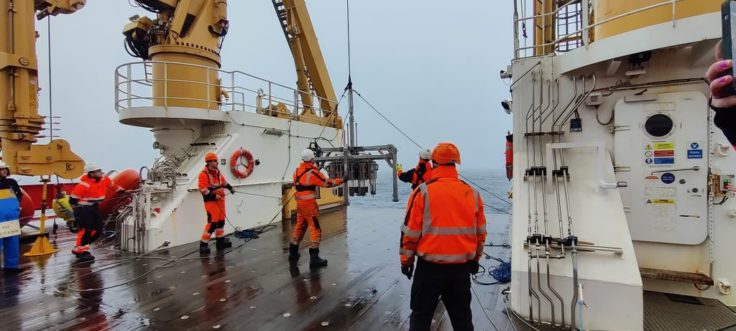2023-2024 field season begins for British Antarctic Survey
The Antarctic field season has started, with over 600 people beginning the journey South to work on over 60 projects on station and in the field. The season of work speaks clearly to our new 10-year science strategy, Polar Science for a Sustainable Planet, making the most of our operational capabilities across our five Antarctic stations, aircraft, and research ship.
The first BAS Twin Otter aircraft arrived in Antarctica earlier this week having flown from Canada with the fleet and today the RRS Sir David Attenborough departs the UK to start its five-week voyage to Rothera Research Station.
Against the backdrop of a visibly changing climate and historically low winter sea ice levels, our work to improve climate modelling and maintain long-term data sets has never been so important.
The season will also see significant continued work to secure the sustainable future of our polar operations, including work on the new Discovery Building and runway at Rothera Research Station and the continuation of the Hydrotreated Vegetable Oil (HVO) fuel trial on the RRS Sir David Attenborough.
Professor Dame Jane Francis, Director of British Antarctic Survey says:
“Out in the field, we see the evidence first-hand that Earth’s frozen regions are undergoing rapid changes, with consequences for all of us. We’re proud to be working on some of the most urgent questions in climate and ecosystems sciences this season – deep in polar waters, on Antarctica’s ice sheets, and even in the clouds over the Southern Ocean.
This season, our science, engineering and operations teams will help to equip decision makers with data and improved climate models, as we move towards a sustainable future; and redevelopment work at our research stations will ensure BAS is fit for the future.”
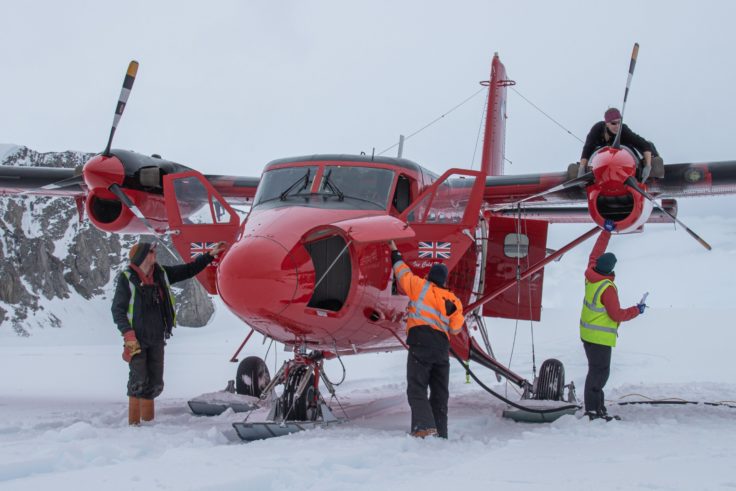
Highlight science projects
The BIOPOLE project will be the first major, peer-reviewed science cruise on the RRS Sir David Attenborough, investigating how Antarctic ecosystems regulate the balance of carbon and nutrients in global oceans. In 2024, the PICCOLO cruise in the Weddell Sea will look at the biological and chemical processes that draw carbon into the deep ocean. Both projects will progress our understanding of how climate change will affect ocean health and food stocks, and the natural processes that sequester carbon and moderate global warming.
The joint UK-US International Thwaites Glacier Collaboration (ITGC) targets one of the largest and most unstable glaciers in West Antarctica, aiming to understand and quantify the processes that are driving this change. Key projects within ITGC this season are GHOST, which will analyse the geology below Thwaites Glacier to determine its impact on the glacier’s dynamics; and TIME, which is assessing the health and stability of the boundary between the fast-moving glacier and the slower-moving surrounding ice sheet.
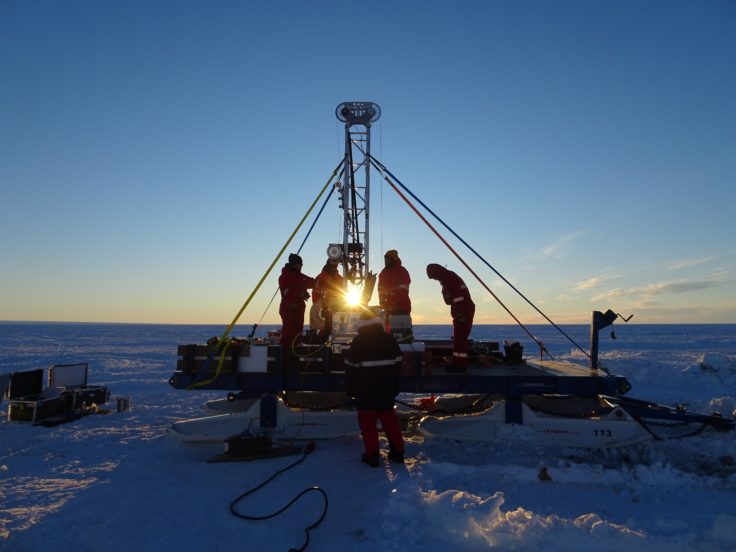
At Halley Research Station, the RIFT-TIP project will aim to accurately model the growth of cracks which influence the stability of the ice shelf and the rate of sea-level rise. The project builds on a decade of data taken at the station, a period in which several major calving events have reshaped the Brunt ice shelf.
At Rothera Research Station, the Clean Air Facility at East Beach continues the crucial Southern Ocean Clouds project, which aims to improve our understanding of the formation of high-latitude mixed-phase clouds. These clouds offer some of the biggest remaining uncertainties in climate modelling, which has an impact on the accurate modelling of other processes such as oceanic and atmospheric circulation, and even changes in Antarctic ice sheets.
The Hungry Humpbacks project at King Edward Point in South Georgia will study the foraging habits of whales to understand how this varies through a year. The findings will feed into fishing regulations, creating the first baseline measurements of krill consumption in these waters by whales across seasons.
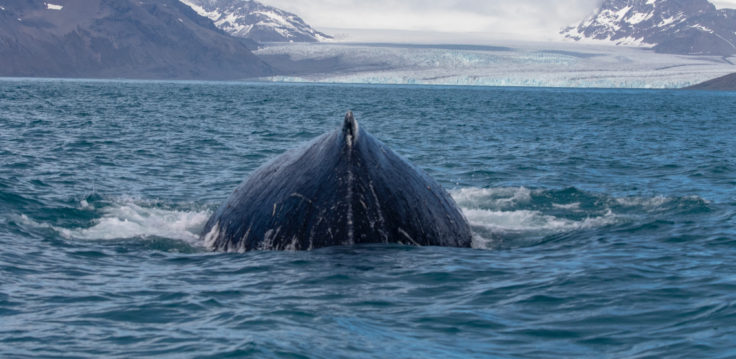
At Bird Island and Signy Island Research Stations, our long-term science projects studying marine predators continue, providing scientists and conservationists with indicators of change for species such as wandering, black-browed and grey-headed albatrosses, northern and southern giant petrels, macaroni penguins, Antarctic fur and leopard seals, and gentoo penguins.
As ever, our scientists continue to collaborate with other national Antarctic operators and institutes. For example, a BAS team will work with the Norwegian Polar Institute to drill through the Fimbul Ice Shelf using hot water drilling and researchers will deploy moorings in the South Sandwich Trench by working on the South African vessel SA Agulhas.
World-class operations supporting polar science
We are committed to reducing our carbon emissions and reaching net zero by 2040, in line with ambitious targets set by BAS’s parent body, UK Research and Innovation.
At Rothera Research Station, for the first time for the Antarctic Infrastructure Modernisation Programme (AIMP) a construction team will work through the dark Antarctic winter as the new science and operations facility races to completion. Specialist construction teams will continue to progress with the internal fit-out of the new Discovery Building. In addition, the runway will be resurfaced to maintain and secure ongoing BAS air operations.
Over at Bird Island Research Station in South Georgia in the sub-Antarctic, our Estates team will be completing the new solar and battery plant that is expected to reduce carbon emissions and fuel use by 50% per year. The engineering team will travel down in November and will aim to complete the work by March.
As the RRS Sir David Attenborough sails South, it will be undertaking a second trial of the alternative fuel HVO. Emissions from shipping activities account for approximately 60% of the carbon footprint of BAS, and HVO has the potential to reduce carbon emissions by at least 94% compared to conventional diesel fuel. The extended trial of HVO covers the journey of the ship from the UK through its first round of calls to BAS research stations – offering the opportunity to test the fuel in a variety of temperature and weather conditions, and operational scenarios.
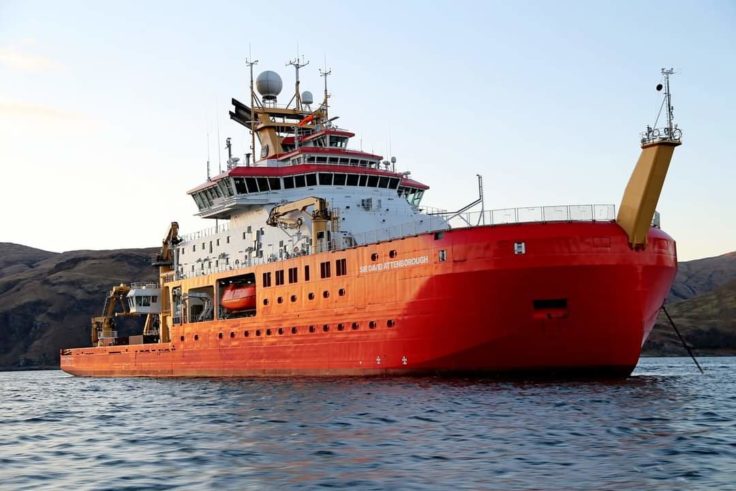
We will continue to innovate with new ways to collect polar data and lower our carbon footprint. In addition to our ongoing Artificial Intelligence activities, we will be testing the new Windracers ULTRA Remotely Piloted Airborne System (RPAS) out of Rothera Research Station to see how well it can perform in extreme environments.
Preparing for beyond the austral summer
A team will travel to Halley Research Station to install a second micro-turbine as part of the Halley Automation Project which aims to automate key science equipment during the dark winter period in Antarctica when the station is unstaffed.
RRS Sir David Attenborough
Our polar ship is set for another busy season. The ship will sail from the UK to the Falkland Islands where scientists and support staff will join the ship ahead of the BIOPOLE cruise. From the Falkland Islands, the ship will head to Rothera, opening up the station for the season. The 10-day BIOPOLE cruise will then take place in the Weddell Sea, before the ship continues its station calls, heading to King Edward Point and Bird Island.
In the New Year, the ship heads back to the Weddell Sea for the PICCOLO cruise, which lasts around a month. The ship will call round the stations again, before departing Antarctica for the UK in May 2024.
